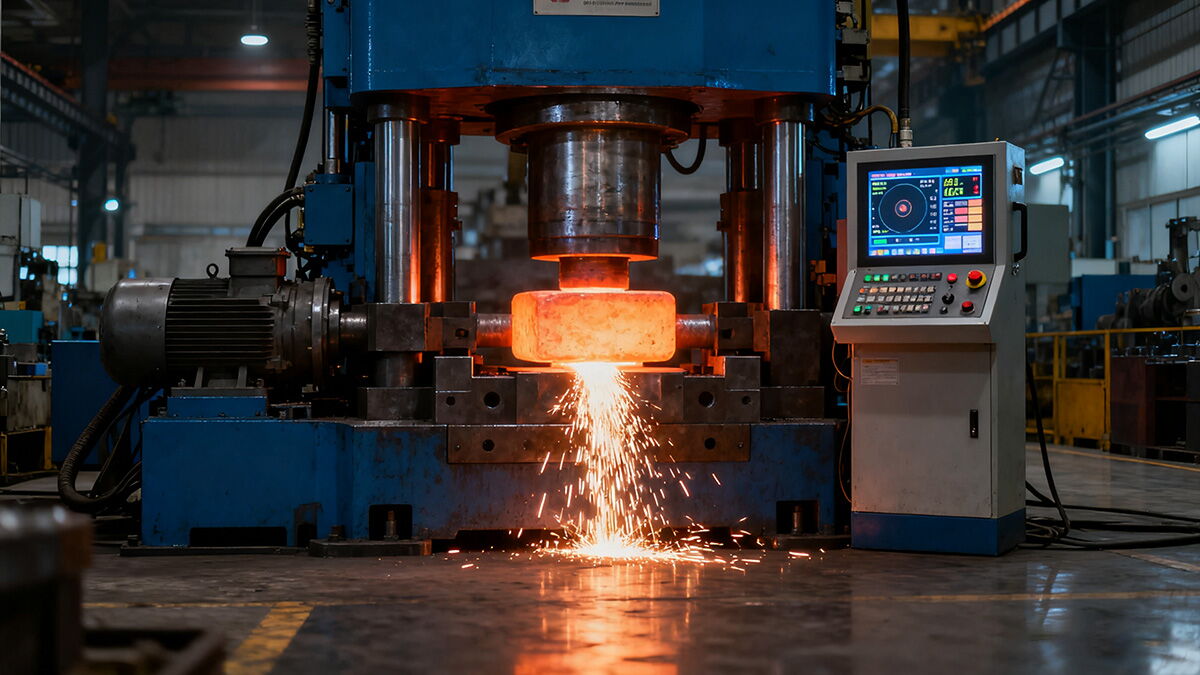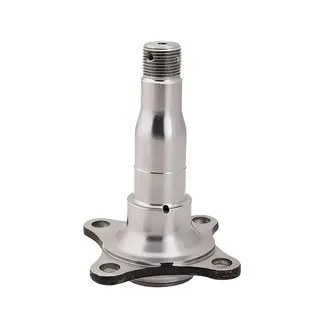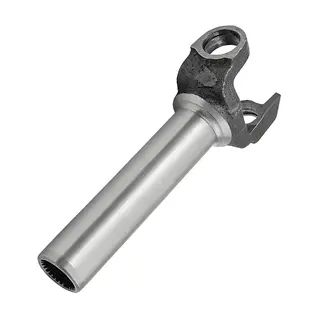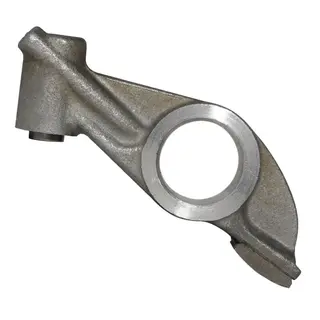Precision forging is an advanced metal forming process designed to produce components with near-net or net shape accuracy. Unlike traditional closed-die forging, which often requires extensive machining after forging, precision forging significantly reduces or even eliminates the need for secondary machining. This is achieved by refining the forging process to achieve tight tolerances, smooth surface finishes, and geometrically complex shapes directly from the dies.
As a result, precision forging is widely adopted in industries requiring high-strength, high-accuracy components, such as automotive, aerospace, energy, and heavy machinery.

Precision forging distinguishes itself from conventional closed-die forging through several defining characteristics:
Near-Net or Net Shape: Parts are produced close to their final dimensions, requiring minimal or no post-forging machining.
Close Tolerances: The process allows extremely precise dimensional accuracy compared to traditional methods.
Reduced Draft Angles: Smaller draft angles improve part accuracy and reduce excess machining.
Smooth Surface Finish: Forged parts exhibit excellent surface quality, minimizing finishing processes.
Efficient Material Utilization: Since no flash is generated, the material flows entirely into the desired shape, reducing waste.
Improved Mechanical Properties: The metal fiber structure flows along the part contour, creating dense, continuous grain flow that enhances fatigue resistance, stress corrosion resistance, and overall strength.
Material Savings: In conventional closed-die forging, excess material (flash) is produced and must be trimmed off, leading to waste. Precision forging eliminates flash, achieving better material yield. For example, a truck drive shaft forged by conventional methods might require 1.69 kg of material, while precision forging reduces this to about 0.9 kg.
Machining Requirements: Traditional forgings usually require extensive machining, whereas precision forgings require little to none.
Complexity of Shapes: Conventional methods are limited to simpler geometries, while precision forging allows complex, casting-like shapes with higher accuracy.
Die and Tooling Cost: Precision forging requires more sophisticated dies with higher accuracy standards. While this increases tooling cost, it reduces long-term production costs by minimizing machining and material waste.
Precision forging processes are categorized based on the forming temperature and combination of techniques:
Definition: Forging above the material’s recrystallization temperature.
Advantages:
Lower deformation resistance and higher plasticity.
Suitable for complex shapes.
Reduces risk of cracking during forming.
Applications: Automotive and aerospace parts requiring high strength and intricate geometries.
Definition: Forging at room temperature.
Advantages:
Eliminates dimensional errors caused by thermal expansion/contraction.
Produces the highest dimensional accuracy and best surface finish.
No oxidation or thermal damage to the surface.
Limitations: Requires higher forming forces due to reduced material plasticity.
Definition: Forging at a temperature below recrystallization but above room temperature.
Advantages:
Combines benefits of hot and cold forging.
Reduces forming load compared to cold forging.
Improves material flow and reduces die wear.
Applications: Automotive gears, shafts, and structural components.
Definition: Uses a combination of hot, warm, and cold forging techniques in a sequence.
Advantages:
Maximizes the benefits of each forging temperature.
Enhances mechanical properties, surface quality, and dimensional accuracy simultaneously.
Common Combinations:
Warm forging → cold finishing
Hot forging → cold forging
Warm extrusion → cold forging
Hot precision forging → cold finishing
Material Efficiency: No flash loss, reduced scrap, and lower material cost.
Cost Savings: Less machining, reduced labor, and lower energy consumption in the long run.
Performance Improvement: Optimized grain flow improves fatigue resistance and overall mechanical strength.
Design Flexibility: Ability to forge complex shapes comparable to cast parts but with superior mechanical properties.
Environmental Benefits: Reduced waste and lower machining emissions.
Precision forging is particularly valuable in sectors where weight, strength, and accuracy are critical:
Automotive Industry: Drive shafts, gears, connecting rods, and crankshafts.
Aerospace Industry: Turbine blades, structural parts, and landing gear components.
Energy Sector: High-strength shafts, valves, and turbine components.
Industrial Machinery: Complex load-bearing parts requiring durability and precision.


